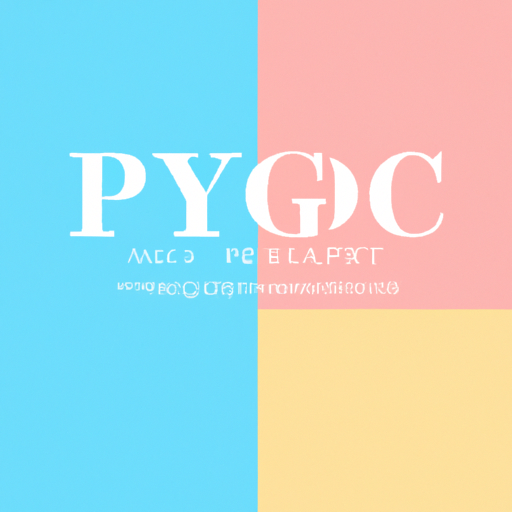
Introduction
Ever wondered why most fast food brands use red in their logos or why many financial institutions opt for blue? The reason is simple — the psychology of color. Colors are powerful communication tools and can be used to signal action, influence mood, and even influence physiological reactions.
Different colors evoke different feelings and emotions. In the branding and marketing world, understanding the psychology of color can mean the difference between a successful campaign and a lackluster one.
What is Color Psychology?
Color psychology is the study of how colors can influence human behavior and decision-making processes. It can be used to improve branding and marketing by strategically evoking certain moods or feelings that align with a brand’s message or product.
Why is Color Psychology Important in Branding and Marketing?
Companies spend a significant amount of time choosing the right color scheme for their branding efforts. Why? Because color plays a significant role in purchase decisions. It is the visual component people remember most about a brand and it’s typically the first thing they notice in advertising.
- Brand Recognition: Color helps in brand recall and recognition. It’s said that a signature color can boost brand recognition by 80%.
- Conveying Message: Different colors can convey different messages about a brand. For example, blue can express trust and loyalty, while yellow can convey optimism and happiness.
- Influence Purchase: Colors can impact shoppers and their purchase decisions. It’s estimated that 85% of shoppers cite color as a primary reason for buying a product.
A look at Color Psychology in Action
- Red Generates Excitement: Red is the most powerful color in the spectrum. It’s the color of love, passion, danger, and excitement. It has been found to increase heart rate, which makes it an ideal color for call-to-action (CTA) buttons or promotional sales.
- Blue Inspires Trust: Blue is a color widely known for its calming and peaceful effects. It’s the color of the sea and sky, symbolizing trust, dependability, and security. This makes it a popular choice among financial and tech companies.
- Greeen Emphasizes Natural, Relaxing, and Fresh: When we think of green, we often think of nature and freshness. In marketing and branding, it can be used to evoke feelings of peace, growth, and health.
- Black Expresses Luxury and Elegance: Black is associated with luxury, power, and sophistication. Many high-end brands use this color to emphasize the quality and elegance of their products.
Final Thoughts
Understanding the psychology of color is crucial in creating efficient branding and marketing campaigns. Hence, marketers should not underestimate the impact of color on a brand’s success. Remember, the right color can help you connect with your target audience, convey your message effectively, and ultimately persuade their purchasing decisions.
Leave a Reply